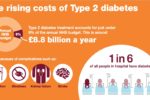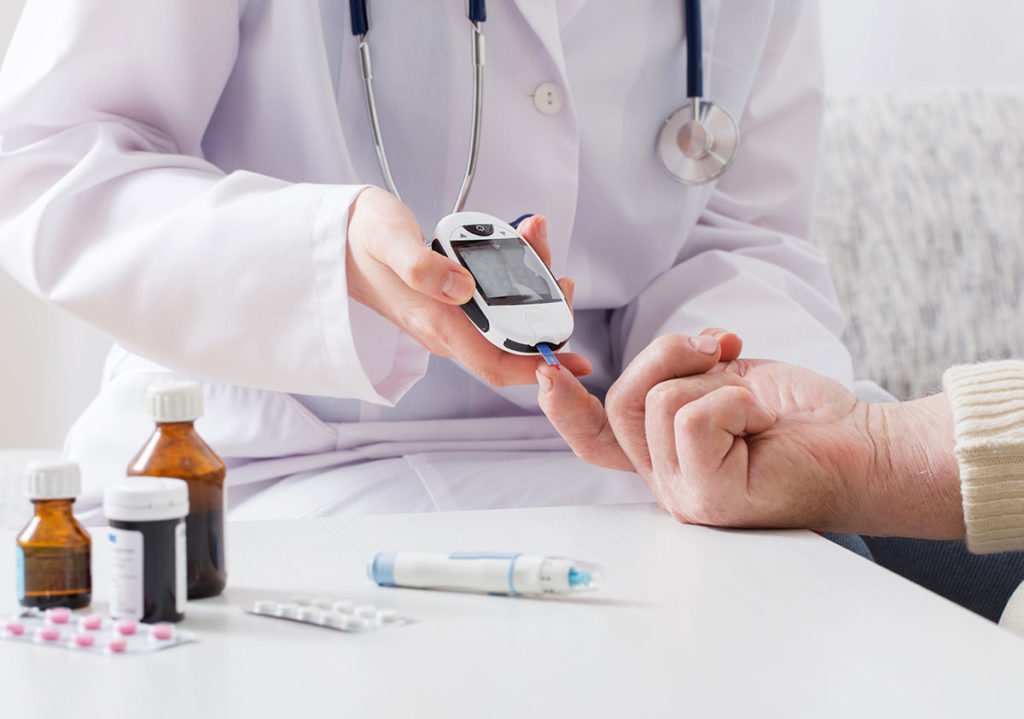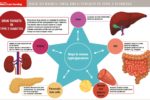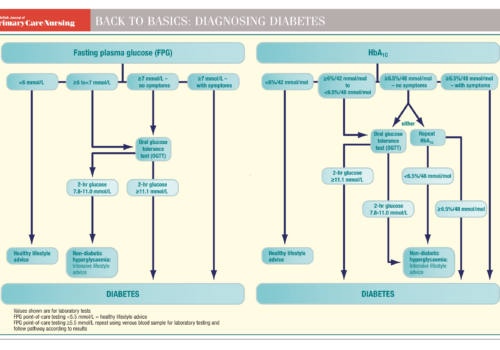How can primary healthcare professionals take diabetes care beyond the General Medical Services (GMS) contract towards creating a primary care centre of excellence, while earning maximum QOF points in the process? Many patients are currently not achieving good glycaemic control despite incentives to encourage healthcare practitioners to help their diabetes patients reach HbA1c targets. Several new policies and schemes have recently been implemented to provide incentives for reaching treatment goals, and this article discusses how these can be beneficial to both general practices and diabetes patients.

























